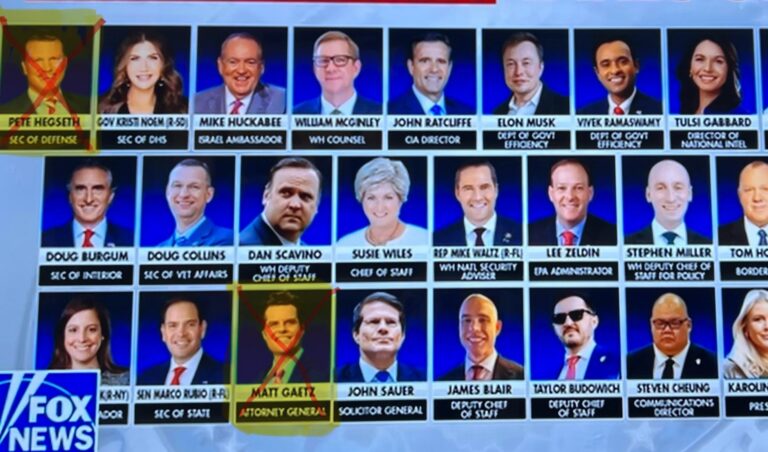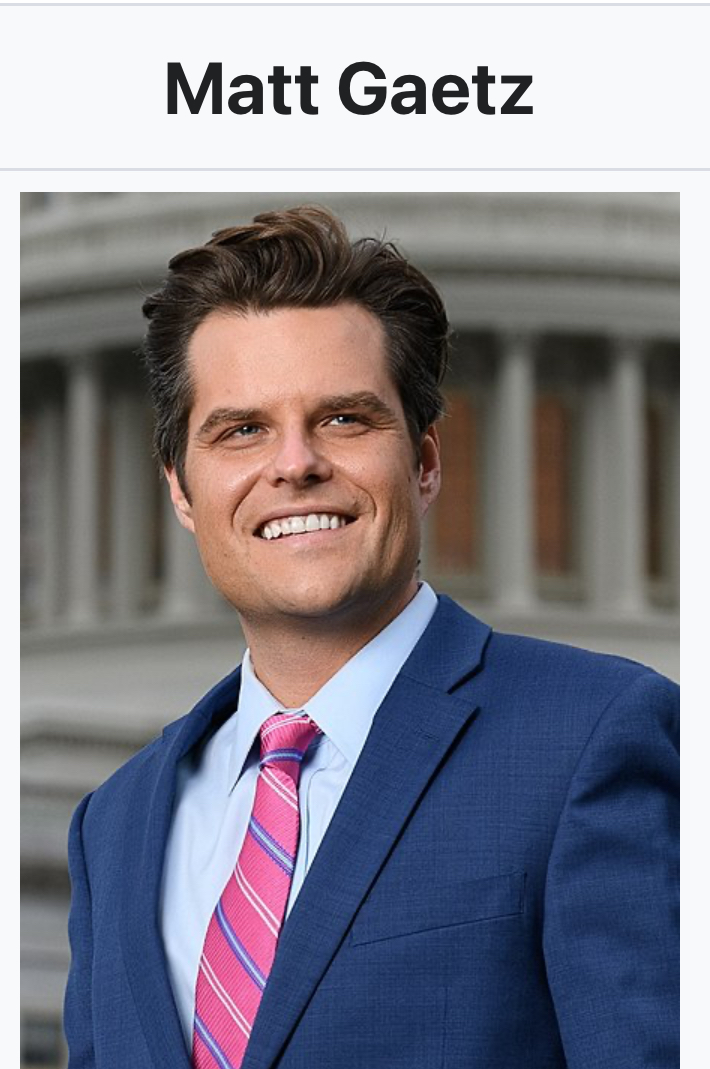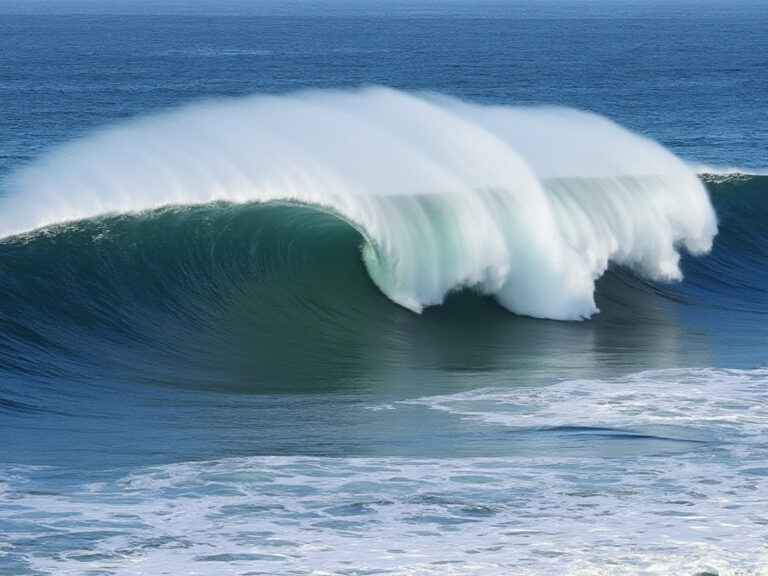
Tom Homan has been a prominent figure in U.S. immigration enforcement, known for his decisive stance on border security and stringent immigration policies. As a former Acting Director of U.S. Immigration and Customs Enforcement (ICE) under the Trump administration and a highly visible advocate for tougher immigration controls, Homan has stirred both admiration and criticism. His approach to border enforcement and policy has made him a polarizing figure, with his supporters viewing him as a tough enforcer and his detractors seeing him as an advocate for extreme and often controversial practices. This article examines Tom Homan’s background, his key attributes, his impact on immigration policy, and the controversies surrounding his career.
Background and Career Overview
Thomas Homan began his career in law enforcement as a police officer before moving into immigration enforcement in the 1980s. Rising through the ranks, he held various roles within the Immigration and Naturalization Service (INS) and, later, ICE. In 2013, Homan was appointed as Executive Associate Director of Enforcement and Removal Operations at ICE, where he gained a reputation for his hands-on approach to immigration enforcement. In 2017, he was appointed Acting Director of ICE by President Trump, where he became known for implementing policies aligned with the administration’s hardline stance on immigration.
• Career Highlights:
• Over 30 years of experience in immigration enforcement.
• Appointed Acting Director of ICE by former President Donald Trump.
• Received the Distinguished Service Medal for his service in immigration enforcement.
Key Attributes and Leadership Style
Homan is known for his decisive approach to border and immigration enforcement, which he argues is essential for upholding the law. His insistence on strict adherence to immigration laws has shaped both his policies and his public image. Supporters see this trait as indicative of a strong leader committed to upholding order, while critics view it as overly rigid.
He is unapologetic in his defense of strict immigration enforcement, which he sees as crucial for national security. He has been a visible figure in the media, often defending ICE’s actions and challenging criticisms. His willingness to be vocal has allowed him to build a substantial following among immigration hardliners, but it has also intensified opposition among immigration advocates.
Central to his approach is a “law-and-order” philosophy, viewing immigration enforcement as a means of upholding U.S. sovereignty. He advocates for strict penalties for unauthorized border crossings and has argued that leniency can lead to increased illegal immigration. His dedication to a strict interpretation of immigration laws resonates with those concerned about border security but is seen by critics as a lack of empathy for vulnerable populations.
Homan has consistently defended ICE agents, arguing that their enforcement actions are often misunderstood or misrepresented. He often stresses the dangerous nature of ICE’s work, pointing to the high-risk environments agents operate in, particularly when handling cases involving criminal elements among undocumented immigrants.
His career has been marked by sustained pressure from both policymakers and the public. His resilience is often highlighted as a strength by his supporters, who admire his persistence despite intense criticism and scrutiny.
Key Policy Impacts and Initiatives
During his tenure as Acting Director of ICE, Homan implemented or supported several impactful policies, each shaping U.S. immigration enforcement practices.
Homan was a strong advocate for the Trump administration’s “zero-tolerance” policy, which sought to prosecute all adults caught crossing the border illegally. This policy led to a surge in detentions and became particularly controversial due to the separation of children from their families.
Under his leadership, ICE intensified deportations, especially targeting undocumented immigrants with criminal records. He argued that this approach was critical for protecting U.S. citizens, while opponents argued that it led to fear and mistrust within immigrant communities.
Homan was highly critical of “sanctuary cities” and advocated for withholding federal funding from cities that did not cooperate with ICE. He argued that sanctuary policies enabled criminals to evade law enforcement, although critics countered that this policy could damage community relations and trust in law enforcement.
He has advocated for ending the practice of “catch and release,” where undocumented immigrants were released while awaiting court hearings. He argued this approach encouraged more illegal crossings and supported measures to ensure that immigrants remained in custody until their cases were processed.
Controversies and Criticisms
While Homan’s tenure as a border enforcer has garnered strong support, it has also sparked significant controversy. Key points of contention include:
The “zero-tolerance” policy that Homan supported led to the separation of thousands of children from their families, sparking nationwide outrage. Critics argued that this approach was inhumane and traumatic for children, with long-term psychological impacts. Homan defended the policy by arguing that it was necessary to deter illegal immigration, though this stance has led to sustained criticism from human rights organizations.
His outspoken style has drawn sharp criticism, particularly from immigrant rights advocates and progressive lawmakers. He has been known to use confrontational language in defense of ICE, which critics argue escalates tensions and dehumanizes immigrants. Homan, however, contends that his language reflects the urgency of enforcing immigration laws effectively.
He has faced accusations of racial bias in his approach to immigration enforcement, with critics arguing that his policies disproportionately affect Latino communities. He has rejected these accusations, maintaining that his actions are grounded in law rather than racial profiling. Nonetheless, these accusations have contributed to the polarized view of his legacy.
Homan has had high-profile disputes with members of Congress, including intense exchanges with progressive lawmakers critical of ICE’s practices. His confrontational responses to lawmakers have been applauded by his supporters but viewed by critics as undermining constructive dialogue on immigration reform.
Immigration advocates argue that his policies have harmed immigrant communities, causing fear and mistrust in law enforcement. Reports of ICE raids and deportations under his watch led to widespread fear in immigrant communities, which critics argue eroded trust in public institutions and deterred immigrants from seeking assistance or reporting crimes.
Legacy and Public Perception
Tom Homan’s legacy in U.S. immigration policy remains a divisive one. His supporters view him as a patriot committed to enforcing the law and safeguarding American citizens, while his detractors see him as emblematic of a harsh and uncompromising approach to immigration. His advocacy for strict border policies and unyielding stance on enforcement have secured him a prominent place in the history of U.S. immigration policy.
For many, Homan represents a decisive leader unafraid to take a hard stance on immigration. Supporters appreciate his commitment to enforcing existing laws and believe his approach deters illegal immigration and protects Americans.
Critics argue that his legacy is marred by policies that they view as cruel and counterproductive. Organizations advocating for immigrant rights argue that his tenure has fostered fear, eroded trust, and overlooked the humanitarian aspects of immigration enforcement.
What We Should Expect
Tom Homan’s influence on U.S. immigration policy is undeniable, with lasting impacts on the enforcement practices of ICE and broader discussions on border security. His attributes—decisiveness, resilience, and outspoken advocacy for strict immigration enforcement—have cemented his position as a significant figure in the field. Yet, the controversies surrounding his career highlight the complex and often contentious nature of immigration policy in the U.S. As debates on immigration reform continue, his approach will likely remain a point of reference for those advocating for and against stricter border controls, symbolizing both the strengths and pitfalls of a rigid law-and-order approach to immigration..






